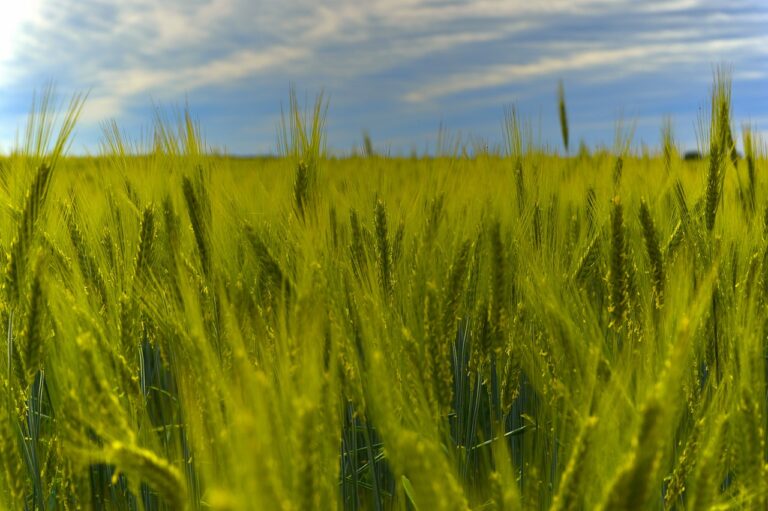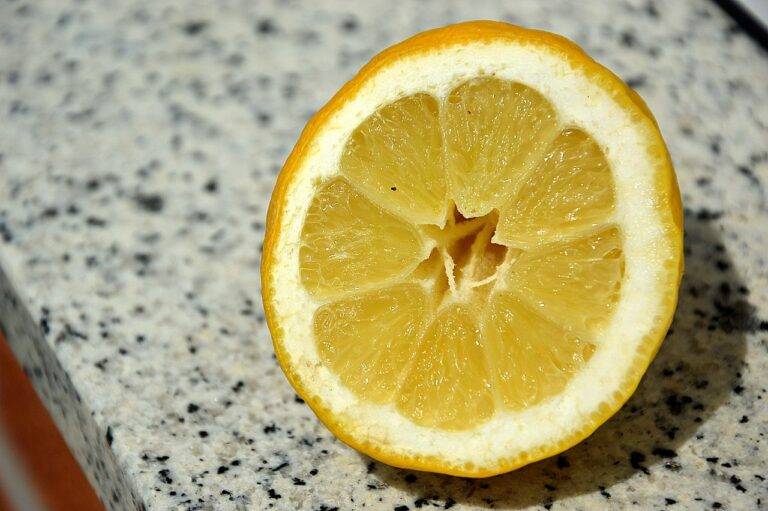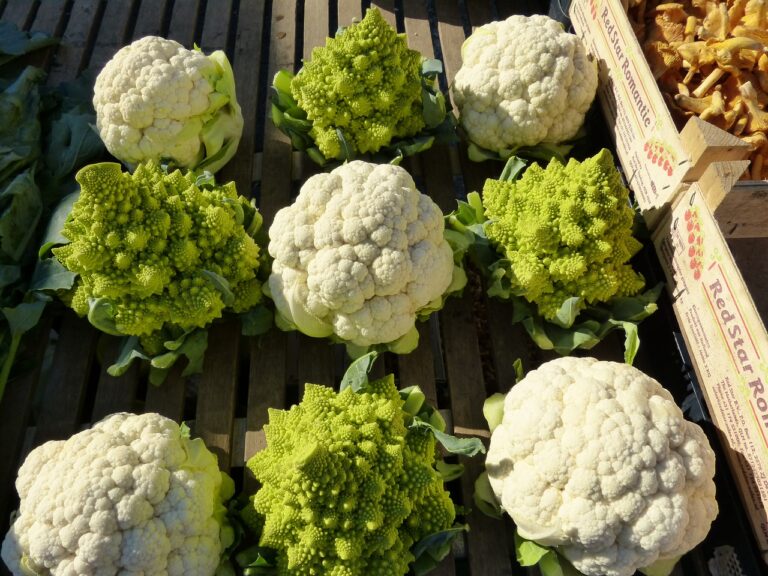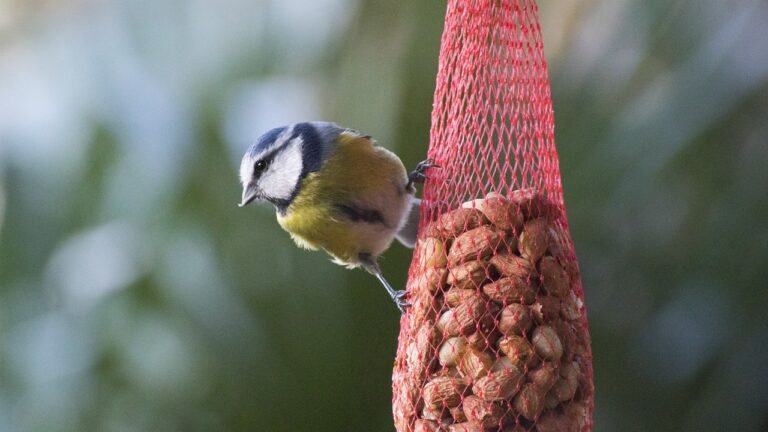Innovations in Soil Moisture Management Technologies: Allexchbet. Com, 99 exchange, Allpanel
allexchbet. com, 99 exchange, allpanel: Innovations in Soil Moisture Management Technologies
Do you ever stop and consider the incredible advancements that have been made in agriculture over the past few decades? From genetically modified crops to precision farming techniques, the agricultural industry has come a long way in a relatively short amount of time. One area that has seen significant innovation is soil moisture management technologies.
Proper soil moisture management is crucial for crop yield and quality. Maintaining the right balance of water in the soil can be a challenge, especially in regions with unpredictable rainfall patterns. Thankfully, advancements in technology have made it easier than ever for farmers to monitor and manage soil moisture levels effectively.
In this blog post, we will take a closer look at some of the latest innovations in soil moisture management technologies and how they are revolutionizing the way farmers approach irrigation and crop production.
Understanding the Importance of Soil Moisture Management
Before diving into the latest technologies, it’s important to understand why soil moisture management is so critical for crop growth. Soil moisture directly affects plant growth, nutrient uptake, and overall crop health. Too much water in the soil can lead to oxygen deprivation, root rot, and nutrient leaching. On the other hand, too little water can cause drought stress, wilting, and reduced yields.
By monitoring and managing soil moisture levels, farmers can optimize irrigation practices, reduce water waste, and ultimately improve crop yield and quality. That’s where innovative soil moisture management technologies come into play.
Advancements in Soil Moisture Sensors
One of the most significant advancements in soil moisture management technologies is the development of advanced soil moisture sensors. These sensors provide real-time data on soil moisture levels, allowing farmers to make informed decisions about when and how much to irrigate.
Traditional soil moisture sensors required manual readings and data collection, making them time-consuming and labor-intensive. However, newer sensor technologies are equipped with wireless capabilities, allowing data to be sent directly to a smartphone or computer. This real-time data can be used to create irrigation schedules, track soil moisture trends, and adjust watering practices as needed.
Furthermore, some sensors are now capable of measuring soil moisture at multiple depths, providing a more comprehensive view of soil moisture distribution. This allows farmers to tailor irrigation practices to the specific needs of different crops and soil types, leading to more efficient water use and improved crop health.
Precision Irrigation Systems
In addition to advanced soil moisture sensors, precision irrigation systems are another innovative technology transforming soil moisture management. These systems use data from soil moisture sensors, weather forecasts, and crop water requirements to deliver precise amounts of water to crops at the right time.
One popular precision irrigation system is drip irrigation, which delivers water directly to the root zone of plants through a network of tubes and emitters. Drip irrigation systems can be programmed to water at specific intervals, ensuring that plants receive the water they need without excess runoff or evaporation. This not only conserves water but also improves nutrient uptake and overall crop health.
Another precision irrigation system gaining popularity is variable rate irrigation (VRI), which allows farmers to apply different amounts of water to different areas of a field based on soil moisture levels, topography, and crop needs. By tailoring irrigation to the specific conditions of each field, farmers can maximize water efficiency and crop yield.
Smart Irrigation Controllers
Smart irrigation controllers are another innovation in soil moisture management technologies that are helping farmers optimize their watering practices. These controllers use data from soil moisture sensors, weather forecasts, and evapotranspiration rates to adjust irrigation schedules automatically.
By considering factors like soil moisture levels, temperature, humidity, and wind speed, smart irrigation controllers can determine when and how much to water crops to prevent overwatering and underwatering. Some controllers can even be connected to weather stations and soil moisture sensors, allowing for real-time adjustments based on changing conditions.
FAQs
Q: How do soil moisture sensors work?
A: Soil moisture sensors measure the volumetric water content in the soil by sending electrical signals through the soil. This data is then converted into a digital readout that indicates soil moisture levels.
Q: What are the benefits of precision irrigation systems?
A: Precision irrigation systems help farmers conserve water, improve crop yield and quality, reduce runoff and leaching, and optimize nutrient uptake.
Q: Are smart irrigation controllers easy to install and use?
A: Smart irrigation controllers are designed to be user-friendly and can often be installed and programmed without professional assistance. Many controllers also come with smartphone apps for easy monitoring and control.
In conclusion, soil moisture management technologies have come a long way in recent years, thanks to advancements in sensors, irrigation systems, and controllers. These innovations are helping farmers optimize their irrigation practices, conserve water, and improve crop yield and quality. By embracing these technologies, farmers can ensure a sustainable future for agriculture while maximizing the potential of their land.







